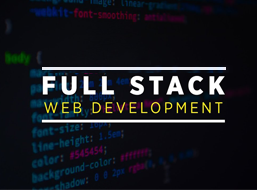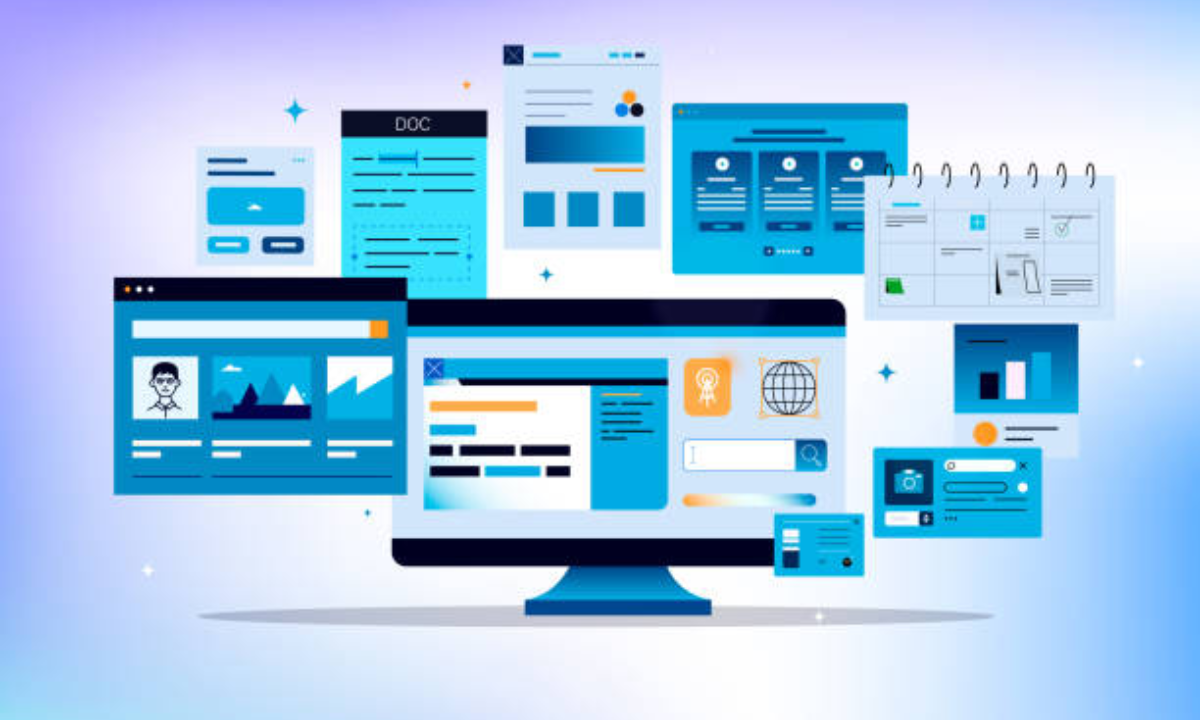Table of contents
| 1. What is Web Designing? |
| 2. Responsive Web Design | Beyond Just "Mobile-Friendly" |
| 3. Essential Skills to Master in Web Design |
|
4. How to Get Started in Web Design
|
| 5. Conclusion |
Every time you land on a website—whether to shop, read, or connect—you’re experiencing the invisible hand of Web design. It’s where aesthetics meet functionality, shaping how we interact with the digital world.
What is Web design? At its core, it’s the craft of building visually engaging and intuitive websites that work seamlessly across different devices.
With 53% of global web traffic coming from mobile (Statista, 2023), mastering responsive web design isn’t optional—it’s essential. Whether you’re exploring a Web Design Course or diving into code, this guide breaks down the fundamentals to help you start crafting experiences, not just pages.
What is Web Designing?
Web design is where creativity meets code, shaping digital experiences. It’s not just about making things look pretty—every color, button, and layout choice solves a problem.
Colors and fonts aren’t random. A fintech site uses blue for trust, while a kids’ app pops with bright gradients. Also, whitespace isn’t just empty—it guides focus. Ever clicked a menu that just works? That’s intentional. Navigation flows should feel instinctive, with key actions never more than two taps away. Also, load times over 3 seconds lose 40% of visitors, according to Google.
Designers start with wireframes (like blueprints), then prototype interactions before developers code. Also, tools like Figma let teams collaborate in real-time. Bad design shouts. Good design whispers—yet speaks volumes.
Responsive Web Design | Beyond Just "Mobile-Friendly"
Gone are the days when websites only needed to work on desktops. Today, responsive web design is the baseline, not a luxury.
Google now penalizes sites that fail mobile tests. Also, with 60% of searches happening on phones, a broken mobile experience means lost business. Fluid grids automatically adjust layouts. Also, CSS media queries detect screen sizes to serve optimized styles.Don’t just shrink desktop designs. Also, prioritize thumb-friendly tap targets and load assets quickly. The best responsive designs feel native, whether viewed on a watch or a 4K monitor.
Essential Skills to Master in Web Design
Web design thrives at the intersection of technical precision and creative flair. Here’s what separates hobbyists from professionals:
HTML/CSS is your bread and butter—the skeleton and skin of every website. Also, JavaScript adds interactivity, such as drop-down menus or form validations. Learn color psychology (why banks use blue), typography hierarchies, and the 60-30-10 rule for balanced layouts. Also, master Figma or Adobe XD for wireframing.
Design mobile-first. Also, test on real devices—emulators miss touch delays and network throttling.Client presentations demand clear storytelling. Also, debugging requires Sherlock-level patience when Chrome DevTools throws cryptic errors. Tools won’t make you a designer. Understanding why things work does.
How to Get Started in Web Design
Breaking into web design doesn’t require expensive tools or formal training—just curiosity and consistent practice. Here’s how to begin:
1. Learn by Building
Start with freeCodeCamp’s responsive design challenges. Also, recreate your favorite website’s homepage—you’ll uncover hidden design decisions.
2. Toolkit for Beginners
Figma (free tier) for wireframing. Also, VS Code with Live Server for instant HTML and CSS previews.
3. Build a Micro-Portfolio
3 projects show range:
-
A local café menu (mobile-first)
-
An event landing page (bold typography)
-
A 404 error page with personality
4. Join the Community
Follow design critiques on YouTube, such as those from Flux Academy. Also, share your work on Behance for feedback.
The gap between "learning" and "doing" shrinks faster when you treat every project as a case study.
Conclusion:
Web design is more than pixels and code—it’s about creating experiences that resonate. Whether mastering Responsive Web Design principles or experimenting with visual storytelling, every project hones your craft.
For structured growth, consider a Web Designing Course in Bangalore to learn industry-relevant skills from experts. The tools are at your fingertips; the next step is yours to take.





